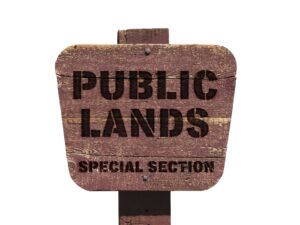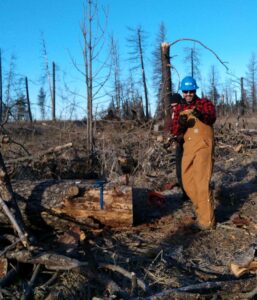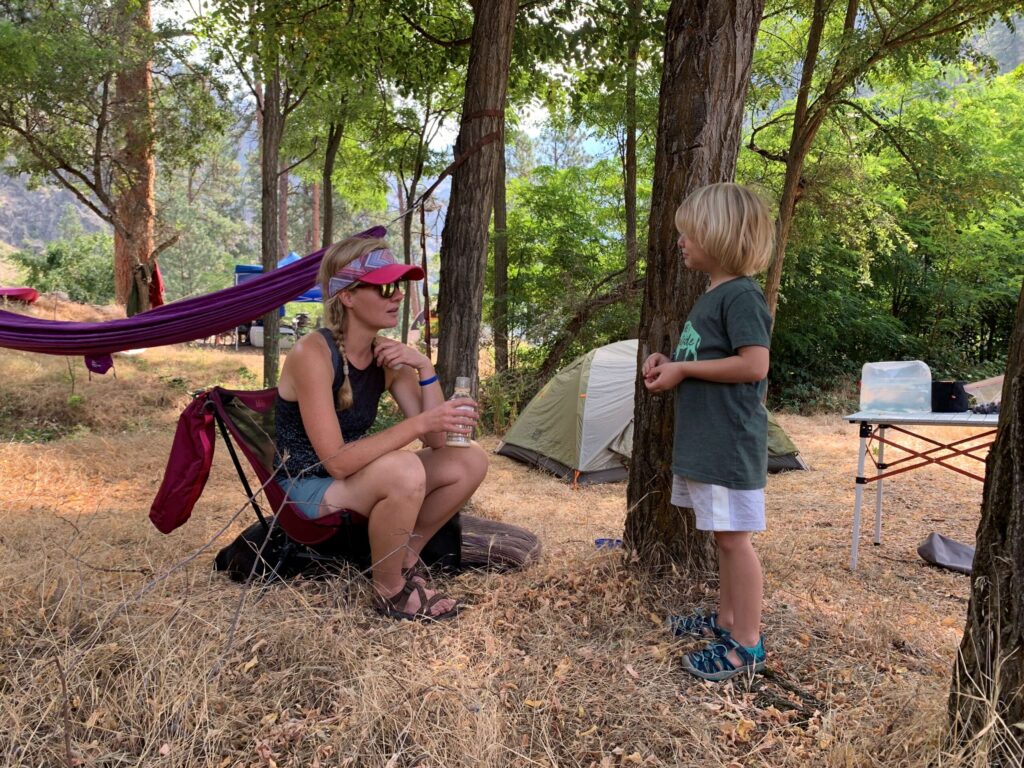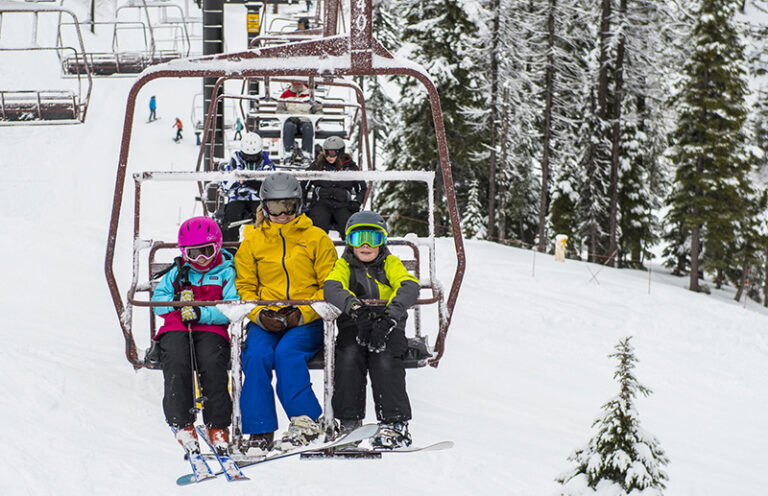By Heidi Lasher

Eastern Washington and North Idaho include millions of acres of public lands. Most of us have seen only a small fraction of these lands and waterways. But even the exhaustive explorer can fall into the habit of experiencing public spaces through a singular lens: as a trail runner, for example, or a mountain biker or a bird watcher.
To broaden my own lens, I sought help from people I admire to describe how they love their public lands and waterways.
1. Learn the story of the land.
“Within the landscape is a really interesting story,” says Nigel Davies, geologist at Eastern Washington University. Places like Palisades Park and Escure Ranch are full of basalt, whereas the granite and igneous rock at Willow Lake and Beacon Hill show intrusions that occurred more than 40 million years ago. “No one public land holding can capture the complexity of a region or geologic story.”
2. Learn who loved this land first.
The Salish-speaking people who inhabited the upper Columbia River watershed before it was settled by European immigrants have much to teach us about the land we live on and its natural and human history. Today, the Upper Columbia United Tribes is working to reintroduce salmon in the upper Columbia River. Their efforts remind us what has been lost and what may be recovered with community support.





Love your public lands and waterways: Columbia River (top left), Photo: Summer Hess // Mount Spokane State Park (top right), Photo: Holly Weiler // Upper Stevens Lake (bottom left), Photo: Chic Burge // Riverside State Park (middle), Photo: Hank Greer // Kettle Range (bottom right), Photo: Holly Weiler
3. Hunt or harvest.
This spring I accompanied local falconer, Doug Pineo, into the Palouse to hunt upland birds. Not only was it fascinating to hold and see the falcons close-up, the experience gave me insight into the way hunters might feel when they go out on the land in the early morning to hunt game. All of my sensory capacity was engaged with the land, the wind, and the hidden heartbeats of the birds.
4. Recreate somewhere new.
From watching the sunset at Steptoe Butte to fishing the St. Joe, paddling the Winchester Wasteway, biking along the Trail of the Coeur d’ Alenes, hiking in Riverside State Park, cross-country skiing on Mount Spokane, bird watching at Turnbull, or picnicking at Liberty Park, there are as many ways to recreate in public lands as there are acres to enjoy.
5. Sketch the landscape.
As natural history illustrator, Julie Zickefoose, writes, “to draw is to see, is to understand. If you would know how something is built, draw it.” Local watercolor artist, Amalia Fisch, says, “When I paint, I notice the color yellow, the shadows in a tree, how the light hits leaves and how you can see through them. Drawing requires me to be fully present.”

6. Love the plants.
I love hiking with my botanist friend Amy because I am forced to stop speed-walking and talking, and slow down to marvel at wildflowers, trees, and shrubs. Of the many species she has introduced to me on our walks, my favorite has been the Dog Vomit Slime Mold (Fuligo spetica), which she found one day on the bluff.
7. Get acquainted with wildlife.
The Inland Northwest is home to an abundance of wildlife, including deer, moose, sage grouse, foxes, coyote, wolf, turkey, porcupine, bobcats, and trumpeter swans. Some (like turkeys) are easier to spot than others, but all can be found with a little patience and persistence.
8. Steward your land.
One of the most satisfying ways to give love back to public lands is to steward it. Todd Dunfield, Community Conservation Manager at the Inland NW Land Conservancy (INLC), finds his passion in trail work. “I love the practicality of working with my hands and seeing a lasting impact.” Stewardship can also include picking up trash on a hike, building mountain biking trails, cleaning up the river corridor, and planting trees.

9. Protect land and water.
Despite legal protections, our lands and waters are increasingly threatened by development, pollution and de-regulation. Jerry White, the Spokane Riverkeeper, has been at the forefront of battles over pollution in the river and has been holding regulators accountable for upholding the laws that protect land and water. “Our laws are only as strong as we are willing to enforce them,” he says. “Water protection requires constant vigilance.”
10. Share with someone you love.
When I asked Carol Corbin, Philanthropy Director at INLC, how she loves her public lands, she said she likes to learn things to share with her son. “I tell stories in any way I can about how amazing (and fragile) this place is. It’s been through massive transitions and is so beautiful. I feel lucky to live here.”
So do I.














